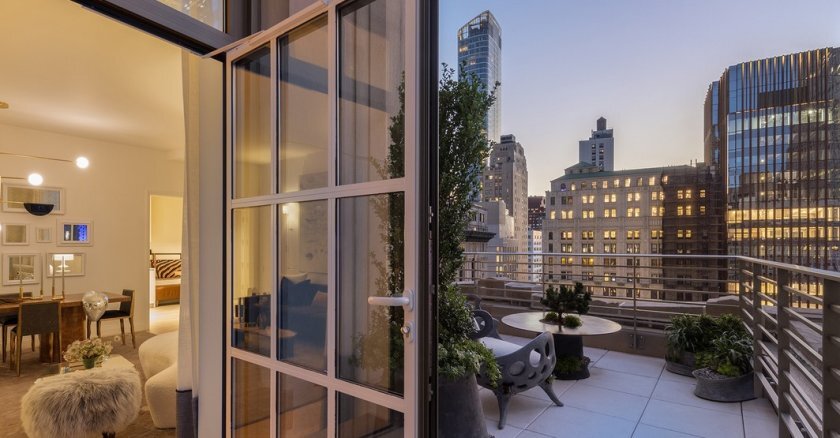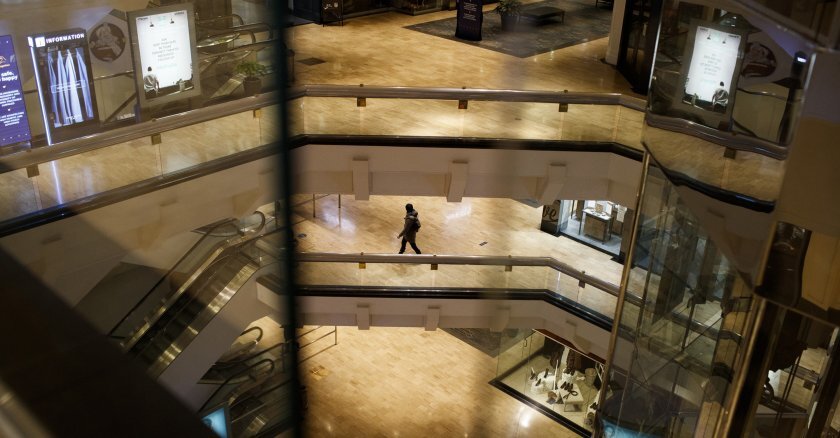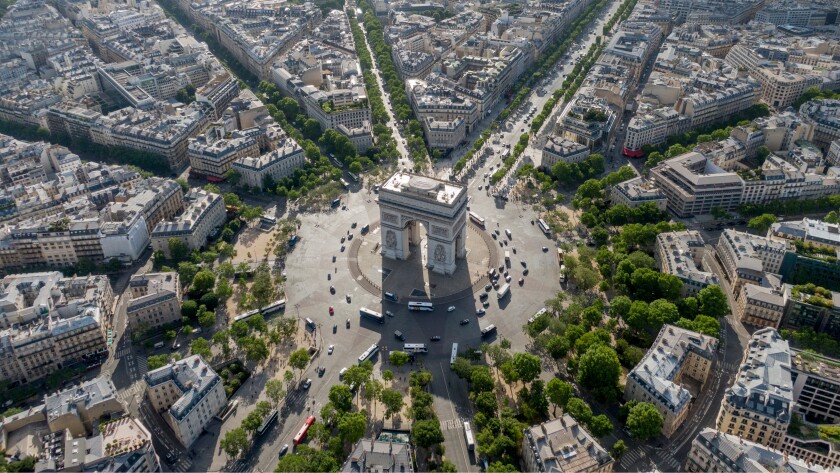Buildings on these streets can’t be taller than 130 feet, which in practical terms usually means 13 stories. The rule was enacted in part to avoid competition with the much taller Capitol and Washington Monument and partly in reaction to the then-recently built Cairo Hotel, which rose to 164 feet. A few exceptions have been made over the years for sections of historic Pennsylvania Avenue.
Does a limit like that make sense in the 21st century? D.C. Mayor Muriel Bowser doesn’t think it does, and she has asked the City Council to raise the limit to 160 feet. She believes the prohibition against taller buildings is serving to constrict supply and making downtown more expensive. Bowser wants to reinvent downtown D.C. largely as a residential district with 15,000 more occupants in the next few years, and she believes that developers, given a little leeway on the height of their projects, will create new apartment and condo towers and bring a struggling city center back to vibrant life. To make the change, Bowser would need not only the approval of the City Council but also the permission of Congress.
Bowser didn’t always favor busting the height limit. When she first ran for mayor in 2014, she opposed any change to the 1910 law. Now, however, in the wake of COVID-19 and longtime downtown commuters choosing to work from home, she has changed her mind. She insists that revising the law could remake her city. Without expanding downtown upward, she warns that “we can’t expect to win our workers back or fight to create more balance in downtown.”
There are a couple of ways to look at this. One is that another 30 feet wouldn’t exactly ruin downtown’s character; the buildings on Connecticut Avenue wouldn’t be any more appealing at 16 stories than they are at 12 or 13. As one prominent local developer says, there would be “minimal visual impact.”
On the other hand, these days many of the existing downtown office buildings are half-empty of workers a good deal of the time. Given a high vacancy rate for office space, adding new space right now might seem unnecessary. Phil Mendelson, the chair of the City Council, is the most prominent local politician making this argument. “What you need,” he says, “is safety, nightlife. That will get retirees to come in.” He doesn’t see why slightly taller buildings would do anything to help bring that about. “We’re the nation’s capital,” he argues, “and there’s no reason we shouldn’t be on a par with a city like Paris.”
IT’S INTERESTING THAT HE BRINGS UP PARIS. After years of contentious debate and tinkering with the height issue, Paris just this year reimposed a height limit of 121 feet, roughly one story less than D.C. allows under the 1910 law.
Paris Mayor Anne Hidalgo, like most local residents and visitors, believes that one of the city’s most beguiling attractions is its network of fashionable boulevards, laid out in the 19th century and all of them fitting comfortably under the 121-foot ceiling. An exception was made in the 1970s for the 689-foot Montparnasse Tower, now almost uniformly regarded as an out-of-scale monstrosity. It was hostility to the Montparnasse Tower that gradually led civic leaders to put a 121-foot limit back on the table.
The new Paris law, part of the “Plan Local d’Urbanisme,” essentially means that nothing built in the city from now on can be more than 12 stories high. It is linked up with Hidalgo’s plan to make Paris a “15-minute city,” in which the built environment will be congruent with human scale and citizens can get to anyplace they want to reach within 15 minutes — by transit, by bicycle or preferably on foot.
But if you walk along the Paris boulevards, you will notice that they are lined for the most part with buildings of no more than five stories, forming long rows of gray stone architecture that might sound monotonous but instead form a city of elegance through sheer durability and stateliness. I suppose, at some level of imagination, this is the cityscape that D.C. Council Chair Mendelson would like Washington to achieve.
IT’S A FANTASY, OF COURSE. D.C. is talking about raising its height limit to 16 stories — developing new boulevards of five-story buildings is nowhere on the horizon. But as long as we are on the subject, it is worth asking whether there could be something special about five stories as a uniform height on urban streets.

Certainly modern experiments in added height haven’t proved consistently successful. Myriad examples are available. Just across the Potomac River from height-limited Washington, developers took advantage of the rules in lenient Arlington, Va., building clusters of skyscrapers without a trace of pedestrian life or human scale. More recently, the pencil-thin residential towers newly erected in Lower Manhattan have turned out to be impractical eyesores, with the units snapped up by outsiders who aren’t even there most of the year.
On the other hand, relaxing height limits has proved successful in some cities. Until the 1980s, no building in Philadelphia could be taller than the 548-foot City Hall, and it was widely believed that this ceiling was a hindrance to downtown progress. That turned out to be mostly true. The lifting of the restriction launched an era of new downtown tower construction generally regarded as a civic revival. “Breaking through that artificial ceiling,” said former Mayor W. Wilson Goode, “was a way of people saying that the sky’s the limit for this city.”
PERHAPS WHAT MIGHT BE FEASIBLE for Washington would be a commitment to varying heights, some taller towers of the sort Mayor Bowser envisions and some five-story experiments of the kind Eric Brown built in Phoenix. A new uniformity isn’t feasible. A new round of experimentation and variety might be.
Still, students of the Washington height-limit issue might want to take note of the comparisons being voiced these days between height-limited Paris and largely unregulated London, where in recent years a profusion of modern skyscrapers has invaded the central city, leading to widespread complaints by architectural critics, including King Charles III, that London’s classic character has been in large part obliterated.
“If you go to the new multistory districts in London,” British architecture critic Rowan Moore wrote recently in The Guardian, “you’ll tend to find arid, lifeless places, lacking in specific character, their residents removed from street life by lifts and lobbies.” Skyscrapers, Moore believes, “are like air travel; they used to be glamorous as the jet set, but now they’re … generic, dull and predictable.”
None of this is an argument against D.C. lifting its height limit by a few stories; it’s just a reminder that the pursuit of height, executed carelessly, can have unintended consequences.
Related Content














